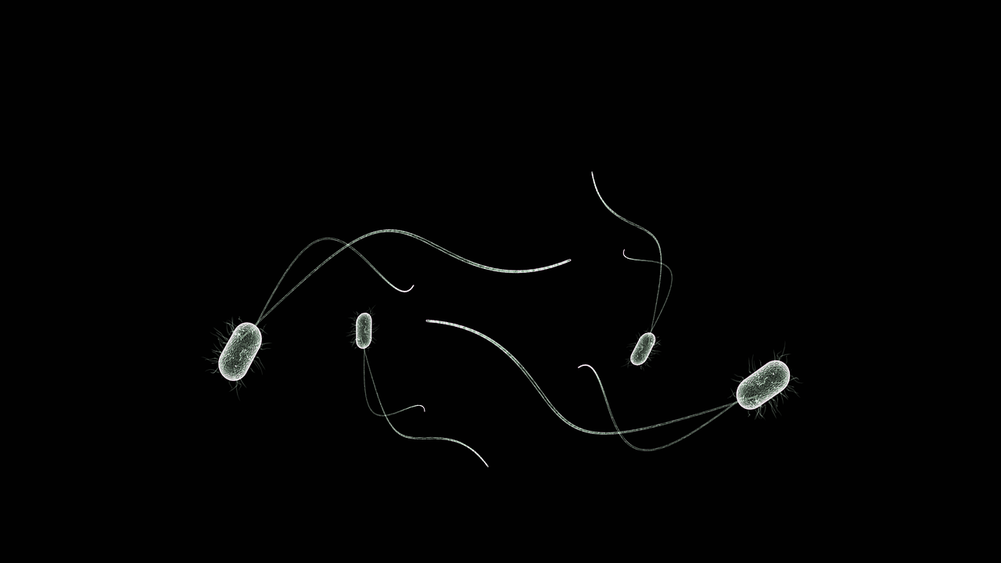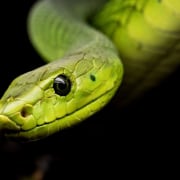Isn´t the sensation of being tickled just the most bizarre? As silly as it might seem, there is apparently a whole evolutionary war being waged in the process of tickling, according to studies.
Tickling can be roughly classified into two classes based on sensation. The feeling of being stroked with a feather that doesn’t provoke laughter is called knismesis, while the more familiar sensation (every younger sibling will agree) of intense tickling, followed by heavy laughter is termed gargalesis – quite accordingly. A comprehensive review on both classes of tickling suggests they could serve two completely distinct evolutionary purposes.
Knismesis is followed by discomfort and an adrenaline rush, causing us to rapidly remove the source of tickling. It is believed to serve as an evolutionary mechanism intended to rid us of imminent danger. This could also explain why it is not possible to tickle yourself.
Gargalessis on the other hand, causes laughter and sometimes even delight for both the tickler and the person being tickled, and is believed to have evolved as a form of social interaction. It can only be found in primates and is involved in forming a mother´s bond with her baby, the child´s integration with it´s peers and even acts as a mating ritual among adults.
Since gargalessis is stronger at our most vulnerable areas (e.g. neck, rib-cage), it´s also believed to help parents teach their offspring how to protect themselves. So the next time you decide to tickle somebody, remember – you might just be tinkering with their survival instincts!
Watch the video bellow to find out more about the science of tickling:
By Luka Zupančič, MSc, University of Applied Sciences Technikum Vienna








